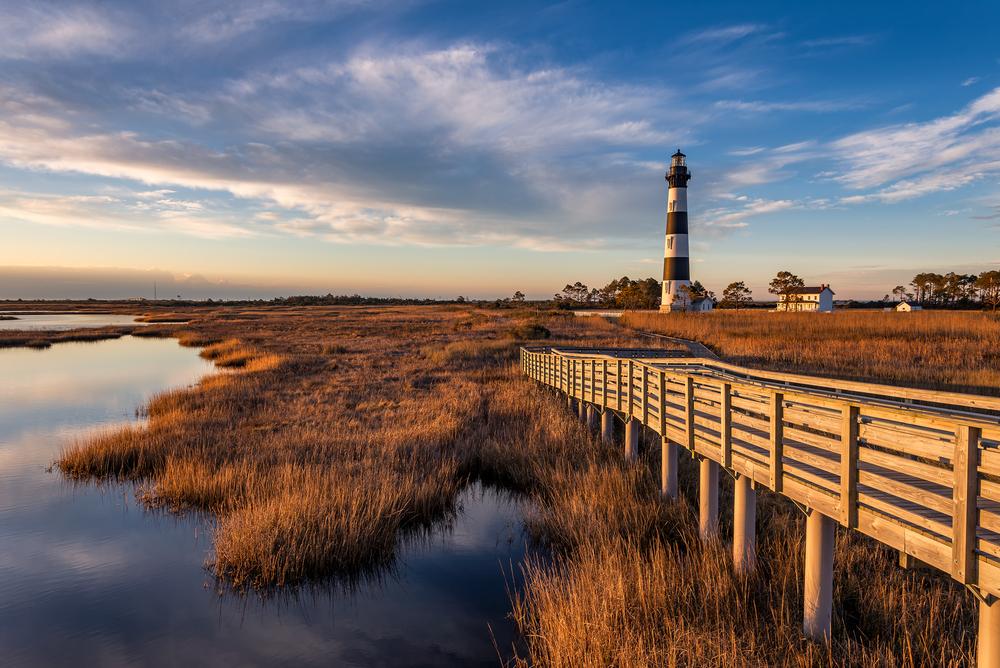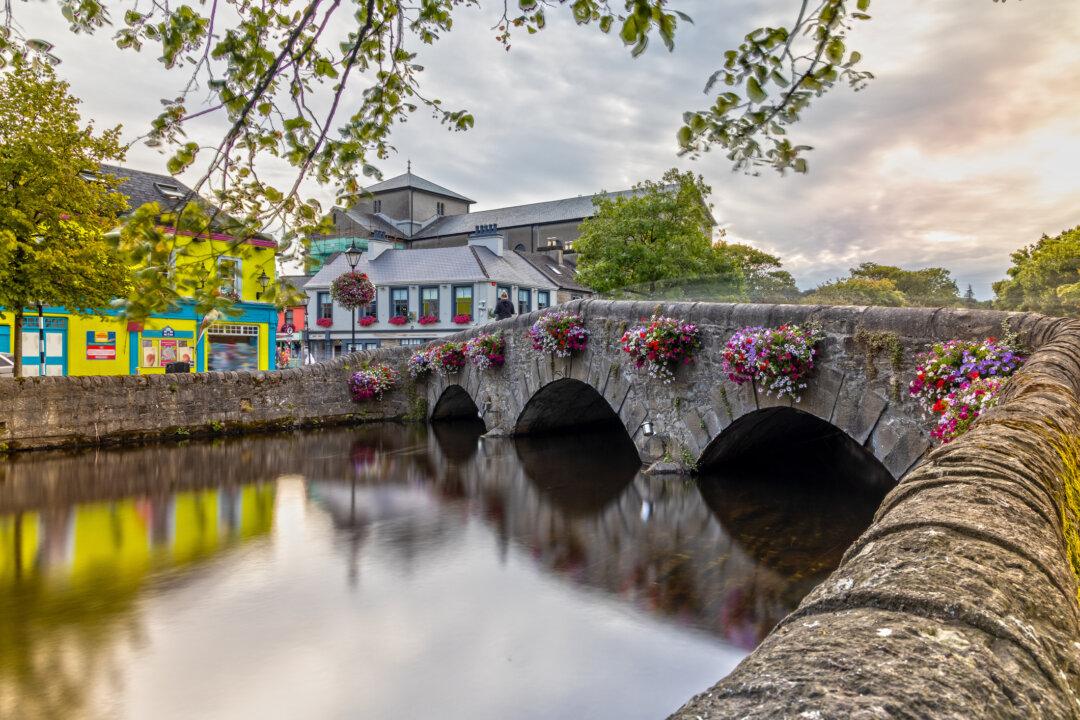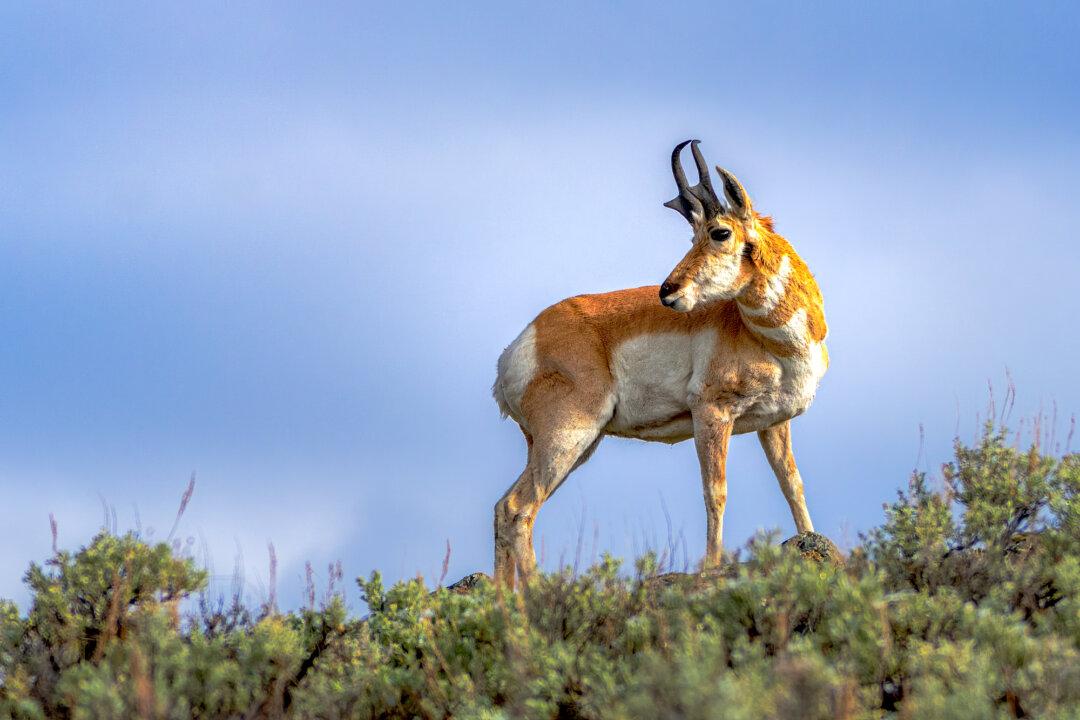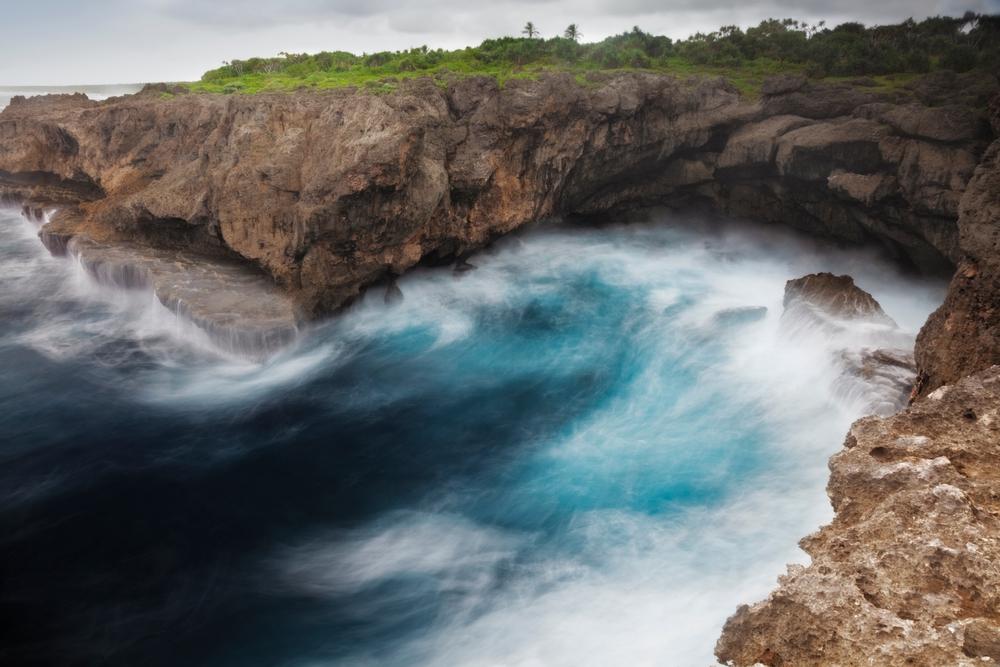Visitors have been exclaiming about the area where northeastern North Carolina meets the Atlantic Ocean for a very long time. In fact, what we today call the Outer Banks received its first known rave reviews more than 400 years ago, in 1584.
That’s when Sir Walter Raleigh sent two explorers to check out the sounds and estuaries alongside what is today North Carolina’s playground by the sea. The reports they brought back to England about the wonders of the New World caused Queen Elizabeth I to commission Raleigh to establish in this area in 1587 the first English settlement in America, two decades before Jamestown and three decades before Plymouth.






